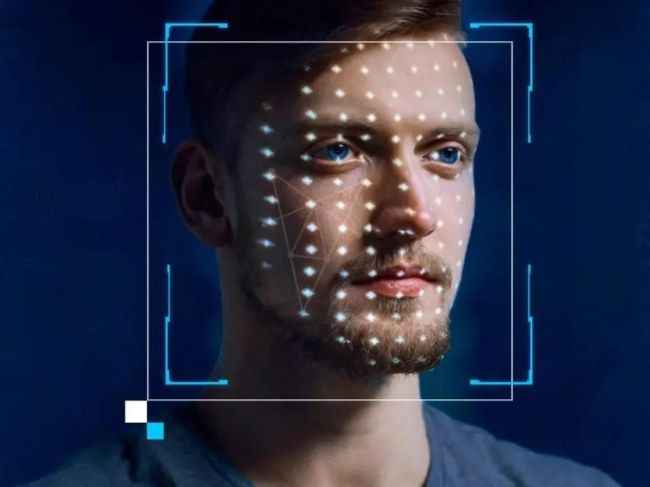As more users are using digital platforms to get information and stay updated about the developments around the world, the threat of misinformation reaching a larger audience is also increasing. Although several tools can source data that has surfaced on the internet, it is difficult to check whether a particular video is fake. To solve the problem, the California-based chip manufacturer has developed a tool called FakeCatcher. It uses AI to detect fake videos with 96% accuracy.
 What is Intel’s FakeCatcher and how does it work?
What is Intel’s FakeCatcher and how does it work?
Per Intel, FakeCatcher "is the world's first real-time deepfake detector that returns results in milliseconds." The fake video detector is designed by Demir in collaboration with Umur Ciftci from the State University of New York at Binghamton.
The technology uses Intel's software and hardware and functions as a web-based tool. The tool runs face and landmark detection algorithms for checking a video and can analyse up to 72 different streams simultaneously on third Gen Intel Xeon processors.
The other deep learning-based fake video detection tools look at a video's raw data to find a sign of inauthenticity. Whereas Intel's FakeCatcher looks for clues in real videos. In the official press release, the company mentions that the tool detects subtle blood flow in the pixels occupied by human skin in the video, interprets them in spatiotemporal maps and detects whether a video is fake or real.
The fake video detection tool can be very usefulThe press release adds that "Deception due to deepfakes can cause harm and result in negative consequences, like diminished trust in the media." FakeCatcher can help restore trust by enabling individuals, organisations and other entities to distinguish between real and fake content.
While social media platforms can use the tool to detect whether a user is uploading a fake video and keeping the footage from circulating on the forum, it can also be helpful for fact-checking organisations. Additionally, media houses can use the tool to avoid amplifying manipulated videos.
For more technology news, product reviews, sci-tech features and updates, keep reading Digit.in or head to our Google News page.
from Security Software News https://ift.tt/8ydRDz3
Comments
Post a Comment